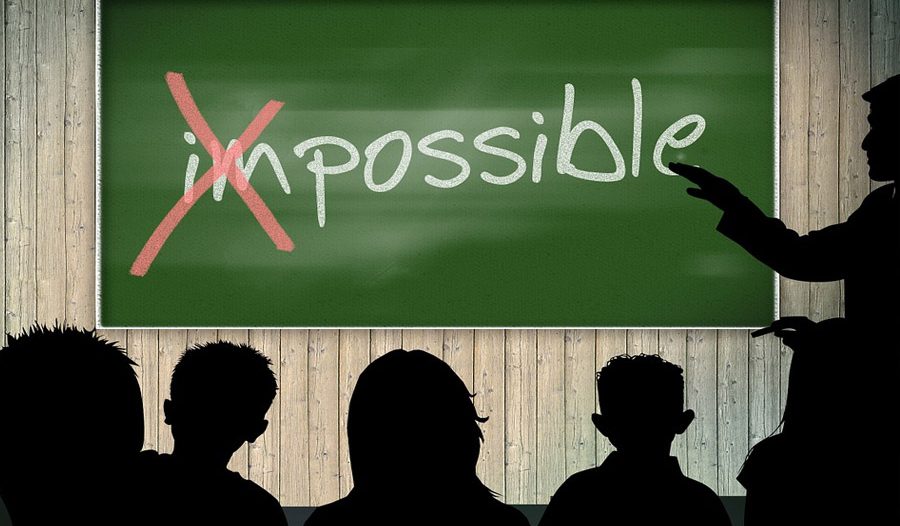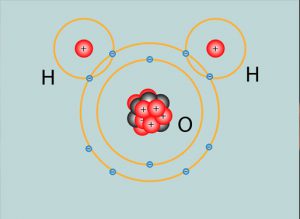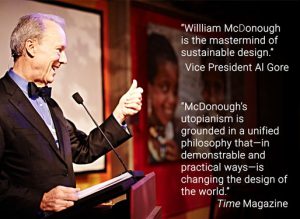Green/Environment Related Activities in the USA

There are troubled times for the environment as indigenous groups attempt to protect their land and water sources, when arguments about about environmental impact of coal, fracking and nuclear power. However, there are ingenious solutions to some of the environmental problems faced on the planet and humanity. At a time of recession and high oil prices, the incentives to invest in energy efficiency are high and there are many green related activities taking place in the USA.

Here are a few:
Biochar
The planet’s soils have lost half of their carbon thanks to industrialised agriculture. Biochar, also known as green coal, helps to lock carbon in the soil for much longer than trees or plants. Biochar, is made from any biomass waste, from wood to peanut shells, that is burned in a kiln by an airless burning technique. This environment-saving activity is up and running in the USA.
Benign biofuels
Plant-derived biofuels such as maize, sugar and corn in engines releases carbon dioxide that is offset by the amount of gas absorbed by the plants when they grew. Second generation biofuels not only fuel cars but the plant sugars are turned into ethanol.
 Hydrogen cargo ships
Hydrogen cargo ships
Hydrogen-hybrid boats have the potential to turn global shipping into a zero-emissions transport system. Birmingham University in the UK, created the world’s first hydrogen-hybrid boat that works by storing hydrogen in lithium hydride powder that can be topped up. Currently, storing hydrogen is not possible with cars, but in ships, heavy hydrogen, in the form of lithium hydride powder is not a problem as all ships need ballast.
Radical eco-activism
Eco-radicalism or direct green action is current in the USA with regards to the Dakota Pipeline project along with other protests by activists angry at political indifference and inaction over the rapid decline of the earth’s ecosystems.
The world community grid
Most home computers do not use all the capacity available. IBM’s World Community Grid makes use of the unused capacity from users who have installed the simple software and signed up to the program. This extra capacity was used by Harvard University to run calculations in the background in order to find the next generation of solar cells, saving twenty years of work on their Clean Energy Project.
 Cradle to cradle
Cradle to cradle
Around the world, ecosystems are destroyed by mining and drilling for resources. Less than 1 percent of these materials are actually used. Cradle to cradle is a holistic design system that creates no waste. This means that all materials used in a project must either be used in continuous cycles without losing their integrity or decompose and enrich the soil. US architect, William McDonagh is a pioneer of this design for “all children, all species, for all time.” Starting with product designs, the idea has grown. Today all Netherlands government procurement became completely ‘cradle to cradle’.

